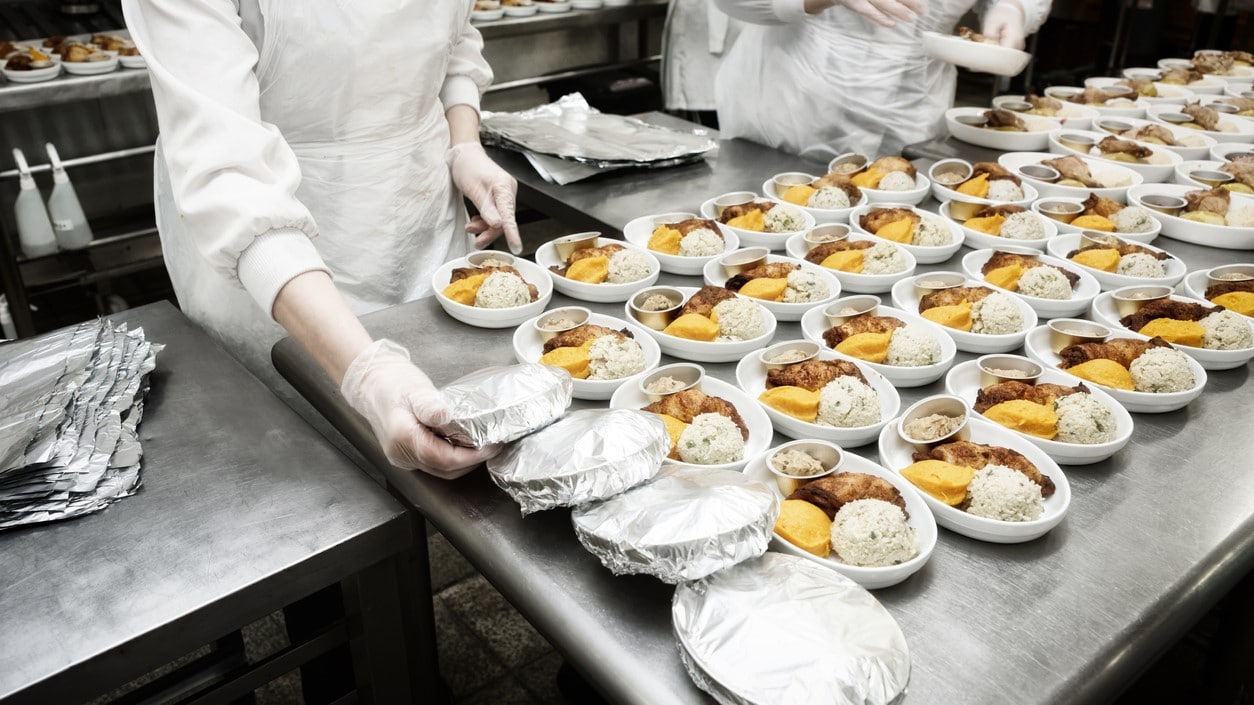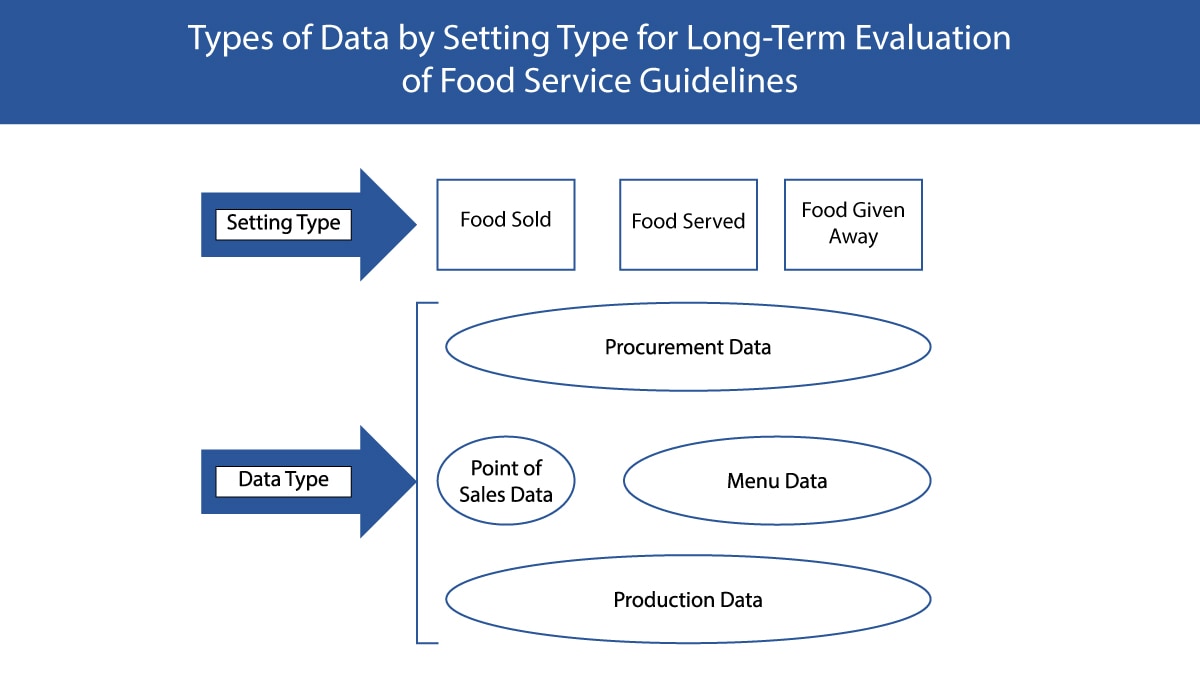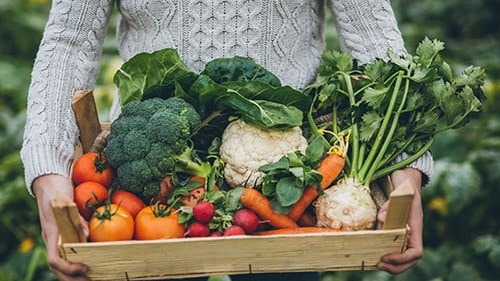At a glance
Data that can be used for evaluation will vary by type of setting. See how to use different types of data for places where foods are sold, served, or given away.

Introduction
The data you use to evaluate implementation of food service guidelines will depend on settings and venues. Choosing the data depends on whether the food is sold, served, or given away.

Where foods are sold
These settings include worksites, health care facilities, parks, and recreation facilities where foods and beverages are sold. The setting can also include venues such as cafeterias, snack bars, and vending machines. Data sources for these settings include point-of-sale, procurement, production, and menu data.
Step-by-step data guidance
Where foods are served
These settings provide meals and snacks that meet all or part of individuals' daily or weekly nutrition needs. These places include settings such as:
- Correctional institutions.
- Eldercare facilities.
- Military dining halls.
- Places used for afterschool or recreation programs.
Where foods are given away
Food service guidelines can also be implemented in places where foods are distributed without cost to those receiving the foods. These places include faith-based organizations where communal meals or snacks are shared and food pantries where foods are given to clients. The types of evaluation data available for such settings may differ from that available where foods are sold or served.

Faith-based settings
Many faith-based organizations, particularly those with large memberships, have vending machines throughout their facilities and concessions for their events and gatherings. Many of these organizations have onsite kitchens to prepare meals.
In these situations, food service guidelines can be implemented, and point-of-sale, procurement, and production data can be used in evaluation. For example, point-of sale or procurement data can be used to evaluate foods and beverages in vending machines. Menu, procurement, or production data can be used to evaluate foods served in children’s programs.
Evaluation methods may rely on food and beverages that can be identified without inquiring about recipes from food preparers. For example, you may assess the availability of fruits, vegetables, and healthy beverages. Likewise, you may assess the absence of unhealthy beverages, fried foods, pastries, and desserts. These are examples of feasible ways to evaluate without overly burdening event participants. Assessments can be completed at several points in time before and after food service guidelines implementation.

Food pantries
Pantries acquire foods from many sources including regional food banks, donations, and purchases from distributors. Pantries may have varying levels of control over the types of foods—and corresponding nutritional quality—that they acquire from these different sources.
To evaluate food service guidelines in food pantries you can use a food ranking system. This system classifies the healthfulness of foods acquired and distributed.
Guidelines for food pantries
Next steps
Return to "Building Blocks"
Use the "Building Blocks of Food Service Guidelines" to navigate to other parts of the Food Service Guidelines Implementation Toolkit.


